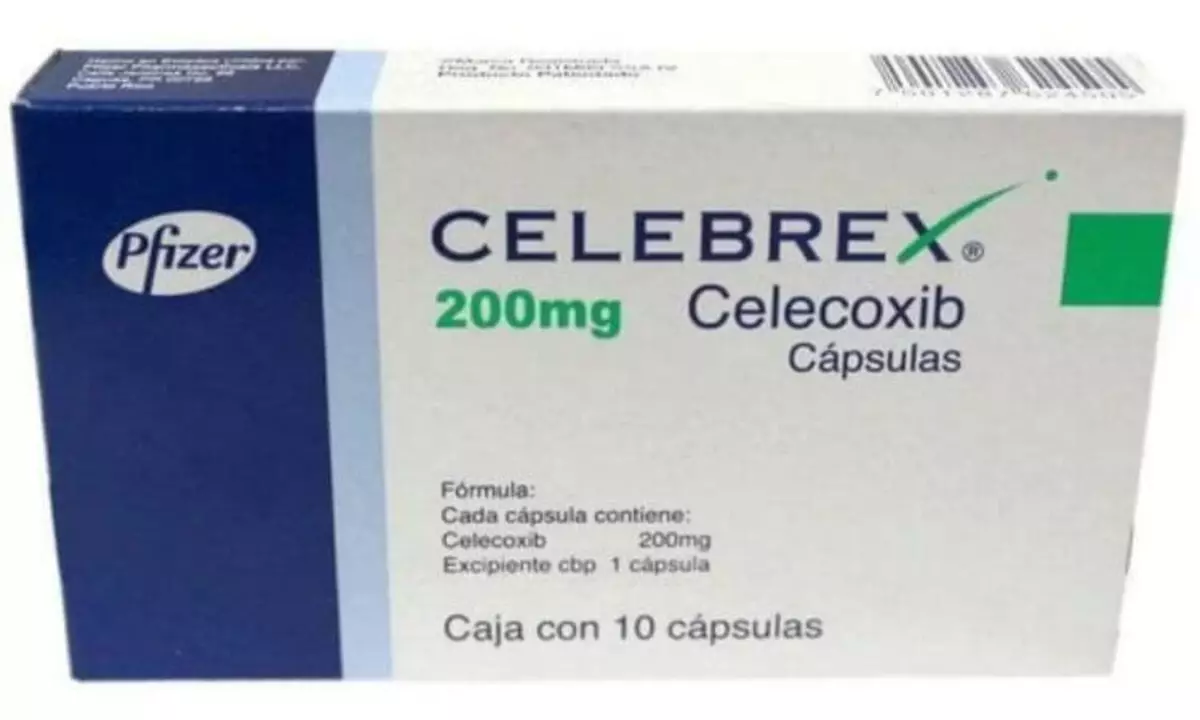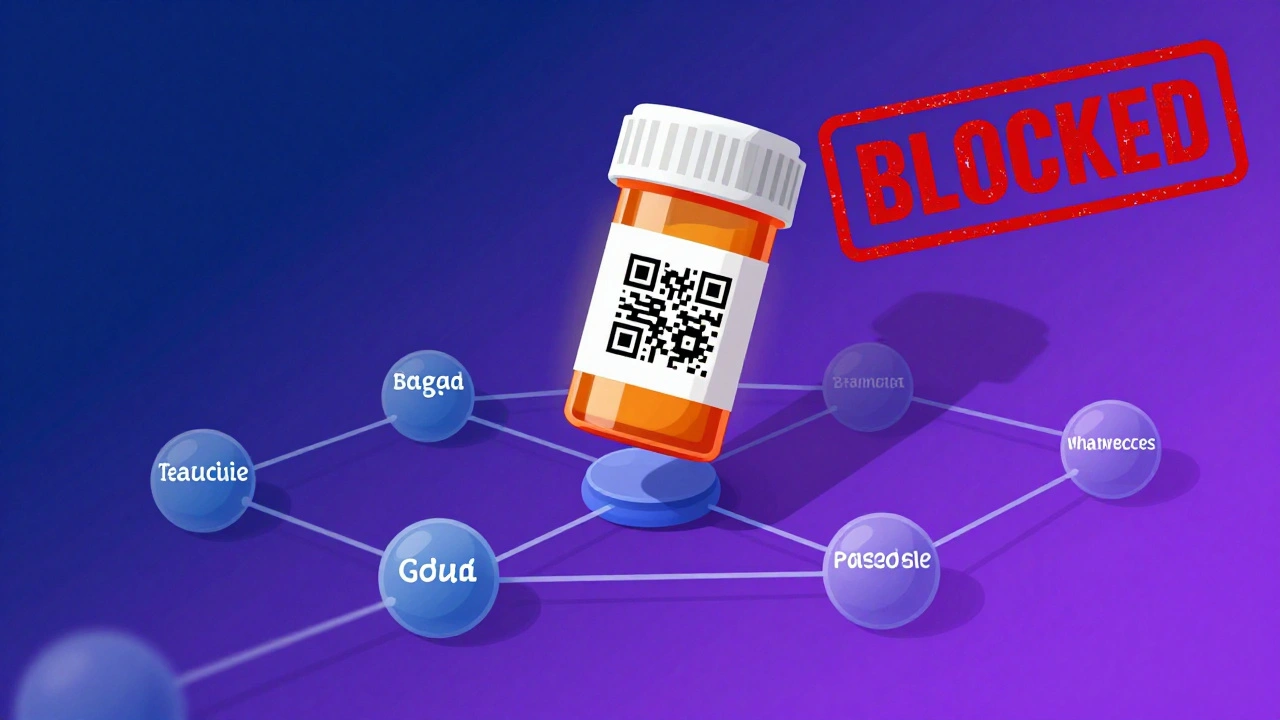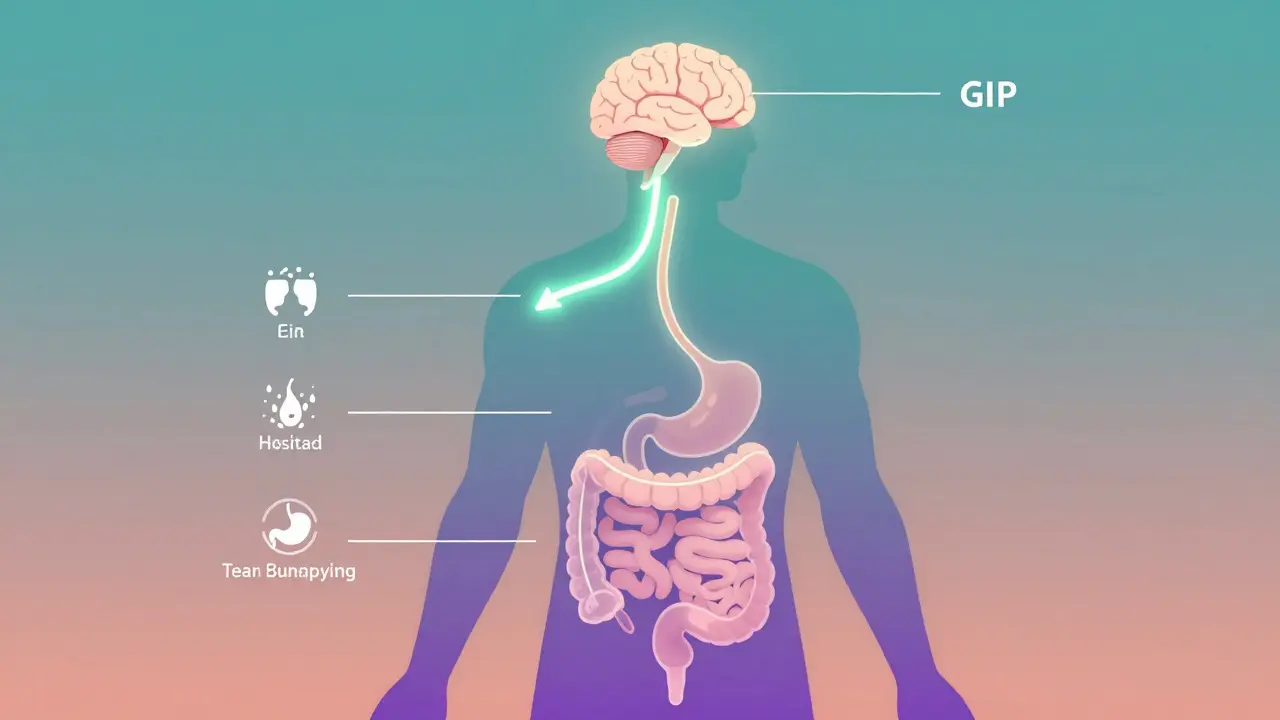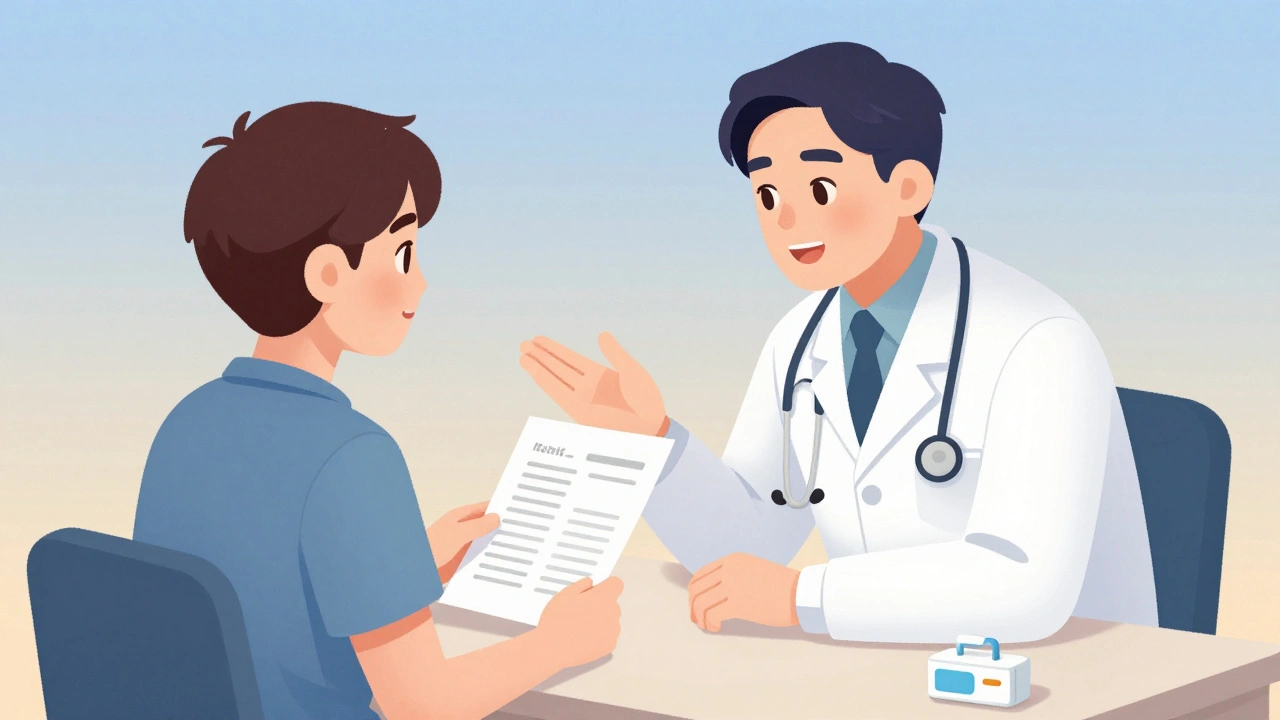Tendonitis: Fast Relief, Rehab Exercises, and Prevention Tips
Sharp or dull pain near a joint that shows up after repeated use often means tendonitis—inflamed tendons that connect muscle to bone. You don’t always need scans or surgery. Most cases respond to simple steps you can start today. Below are clear, practical actions for faster recovery and fewer flare-ups.
Quick home care you can do now
Start with rest but avoid complete immobility. Reduce activities that load the tendon for a few days, then return slowly. Ice the area 15–20 minutes every 4–6 hours for the first 48–72 hours to cut pain and swelling. Use over-the-counter NSAIDs like ibuprofen for short-term pain relief if you can take them safely—follow label directions and check with a doctor if you have health issues.
Compression sleeves or taping can help reduce strain during daily tasks. If swelling is high, elevate the limb when possible. Avoid corticosteroid injections unless a specialist recommends them—these help short-term but can weaken the tendon and raise rupture risk if overused.
Exercises and rehab that actually work
Loading the tendon correctly is the key to healing. Eccentric exercises—slow controlled lengthening of the muscle while under load—are proven for common tendon problems like Achilles or patellar tendonitis. Example: for Achilles tendonitis, do slow heel drops off a step—3 sets of 15 reps twice daily, pain allowed but not increasing over time.
Start with pain-free range, then slowly add weight. Aim for consistency: do rehab exercises daily for 6–12 weeks. If pain spikes for more than 48 hours after exercise, reduce intensity. Work with a physiotherapist to progress safely and add mobility, balance, and strength around the joint so the tendon isn’t overloaded again.
Other helpful steps: swap high-impact activities for low-impact options (swimming, cycling), fix technique problems in sports or work tasks, and address muscle tightness with gentle stretching after warm-up. Proper footwear and orthotics can remove uneven loads on foot and knee tendons.
When to see a doctor: if pain is severe, you can’t use the limb, you hear a sudden pop, or symptoms don’t improve after 2–6 weeks of home care. Your clinician may recommend imaging, guided injections, platelet-rich plasma in selected cases, or a tailored rehab plan. Surgery is rare and usually a last resort for chronic tendon tears or persistent symptoms despite months of rehab.
Prevention is simple and practical: warm up, build load gradually (don’t jump training by more than ~10% per week), strengthen surrounding muscles, and fix repetitive technique issues at work or in sports. With the right steps and patience, most people recover well and get back to activity without long-term problems.






